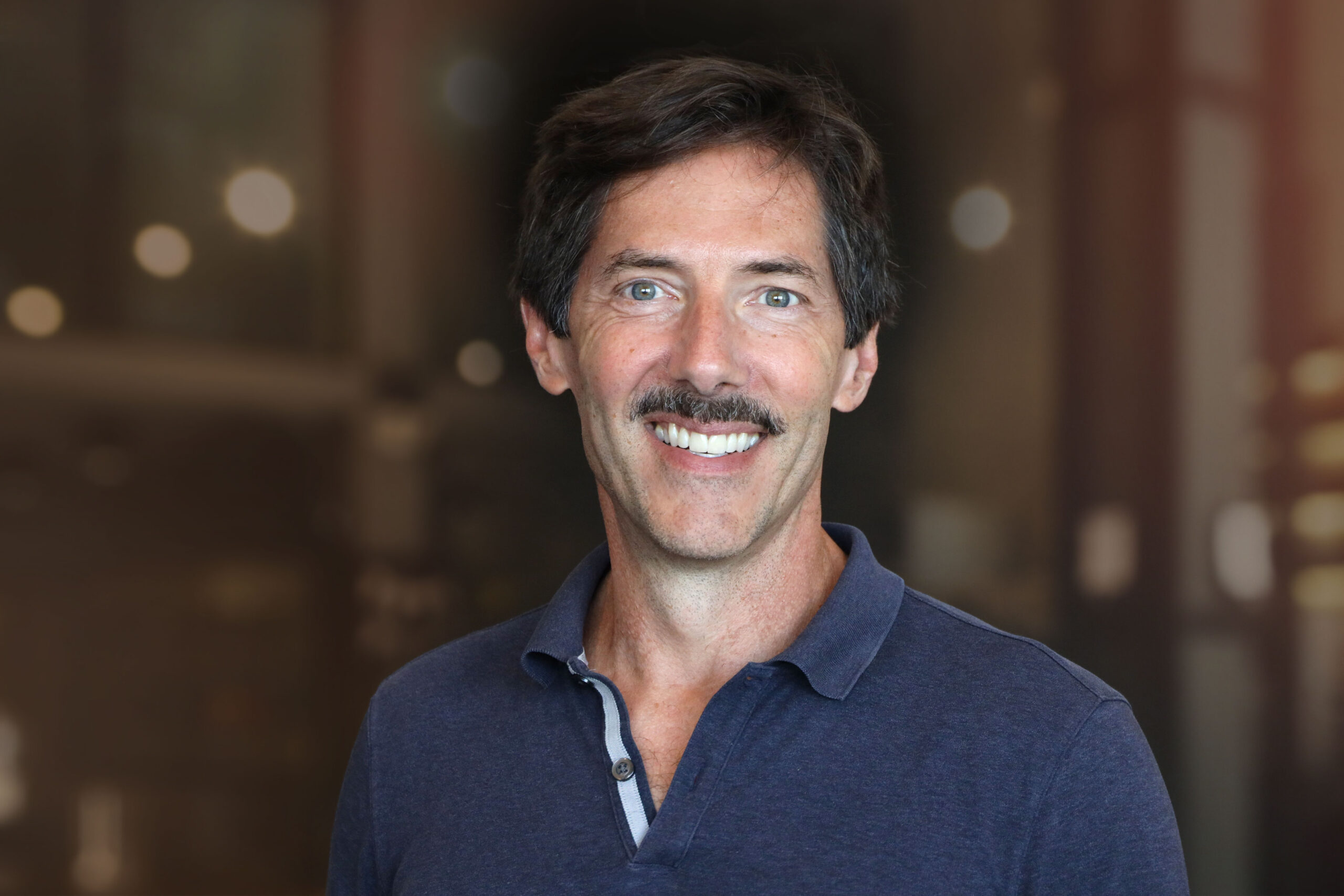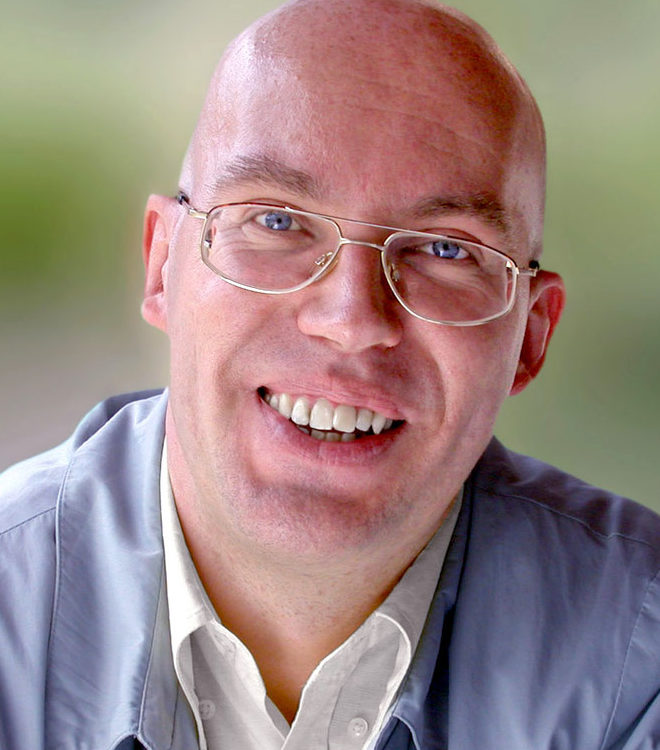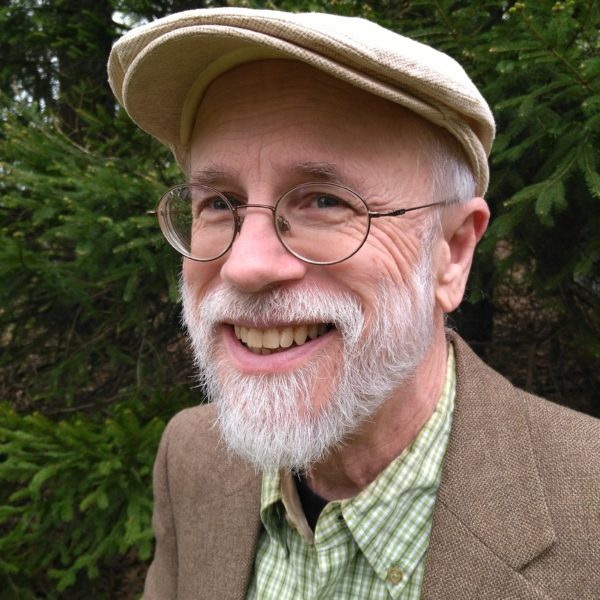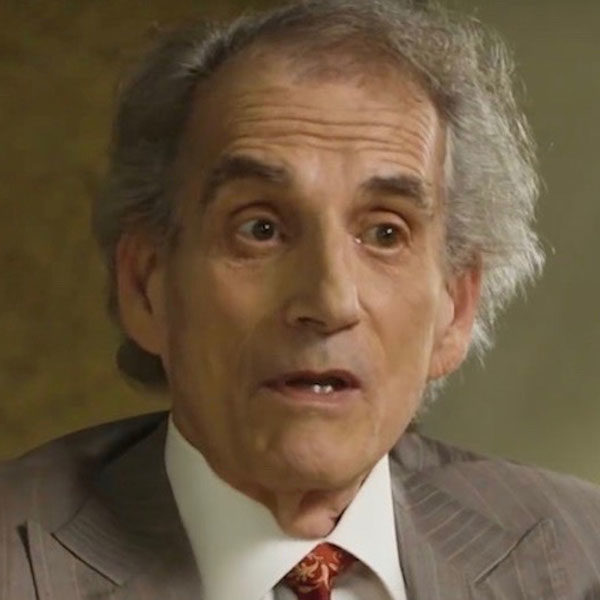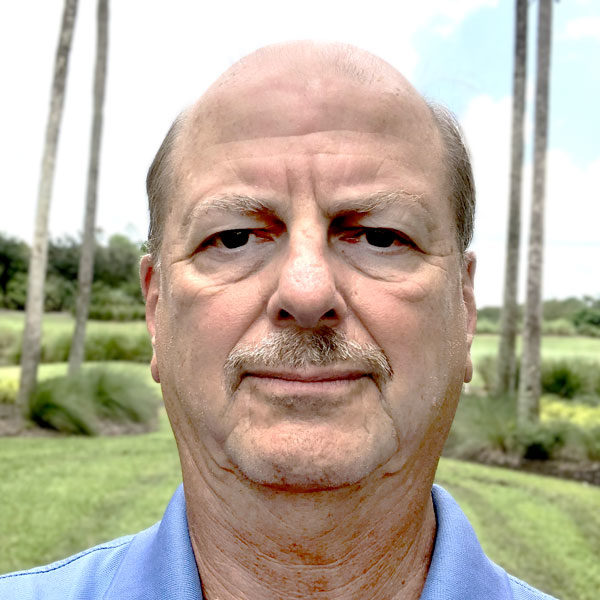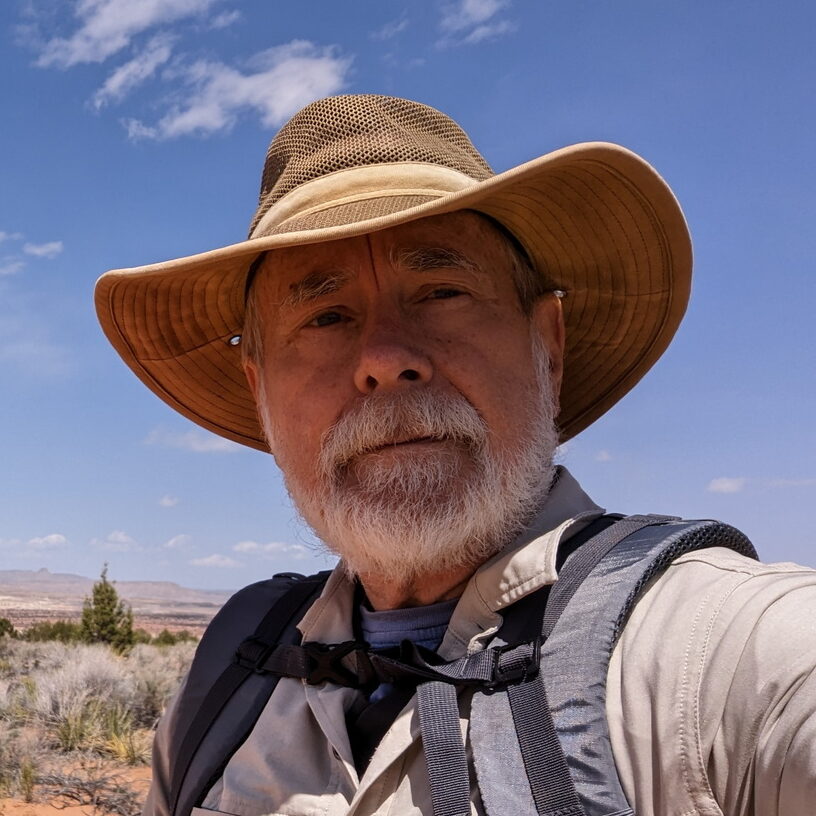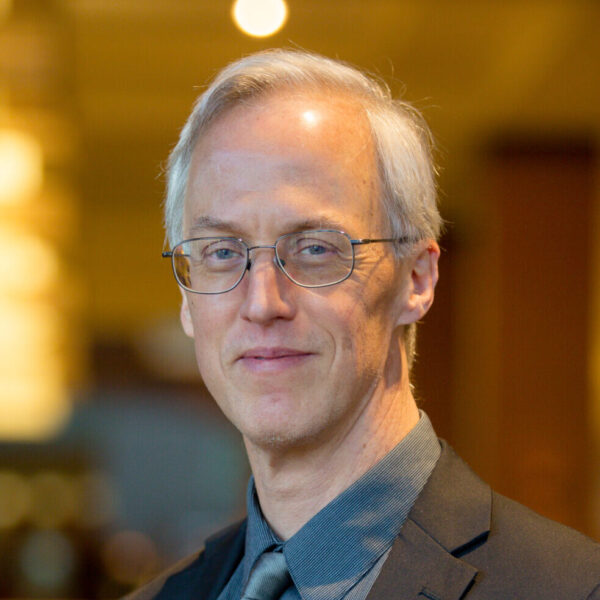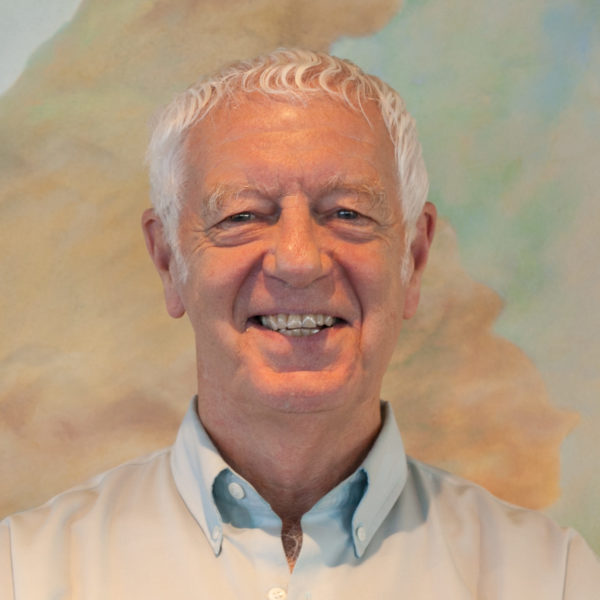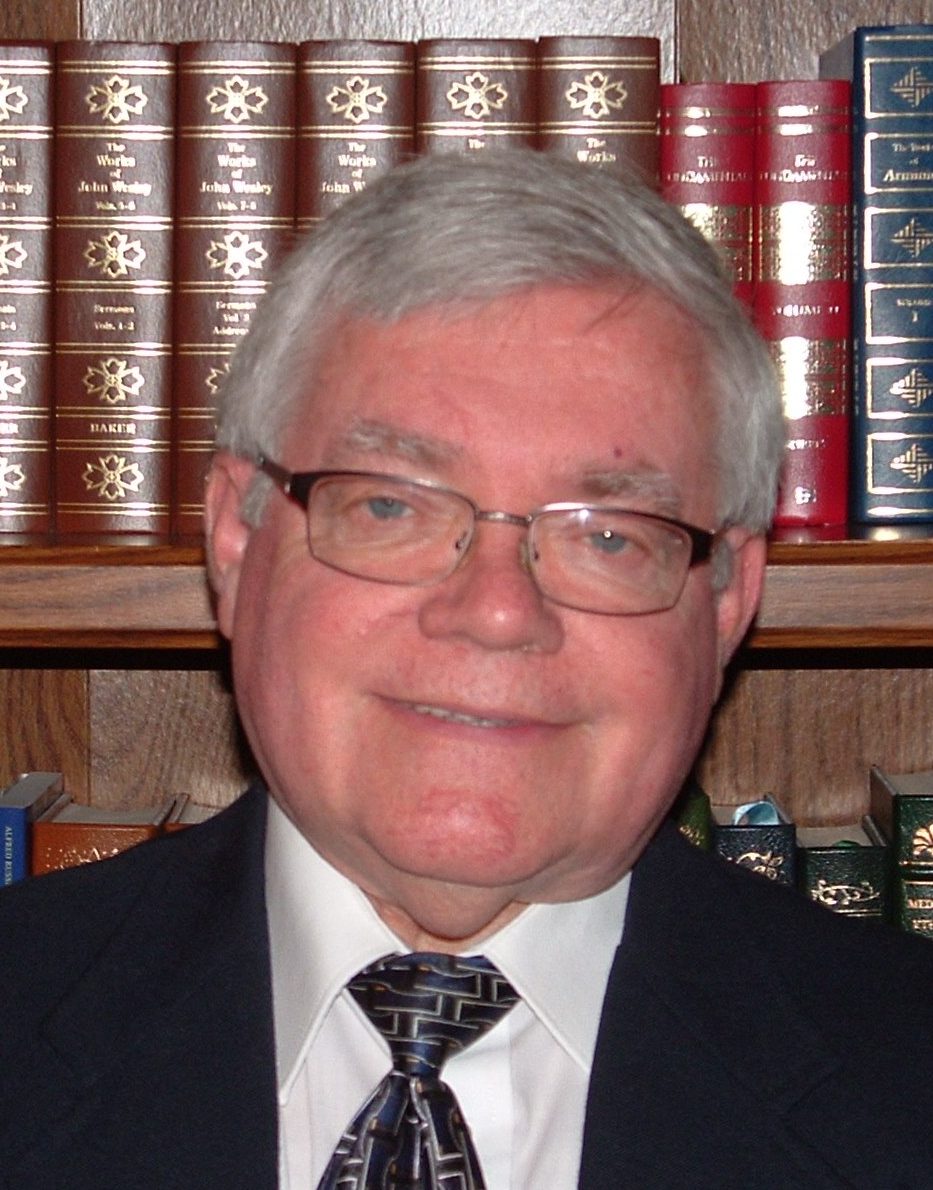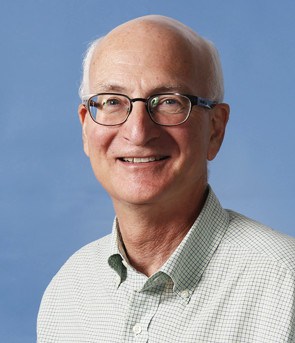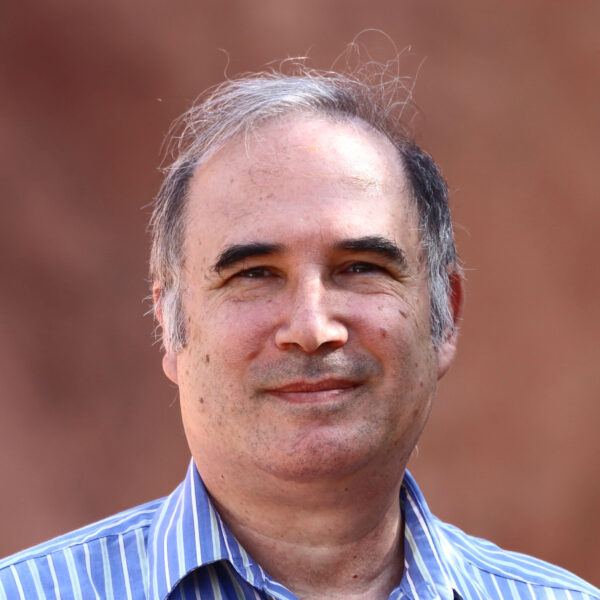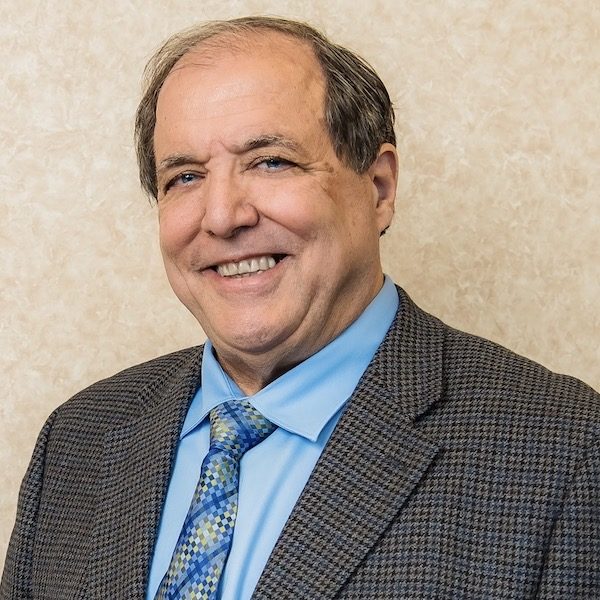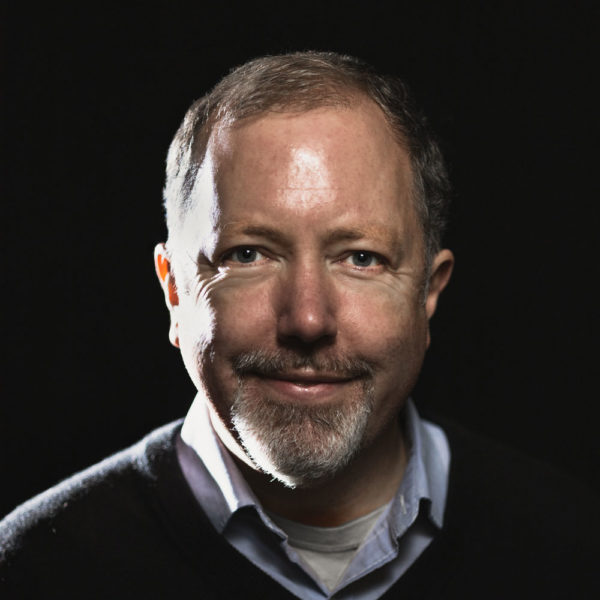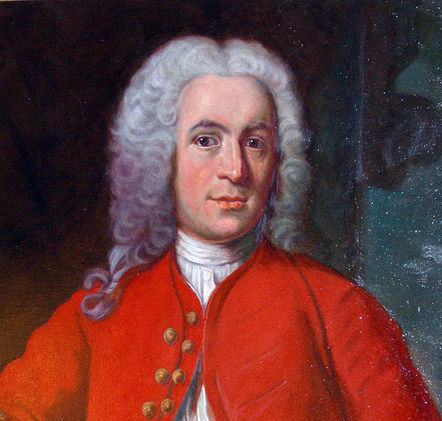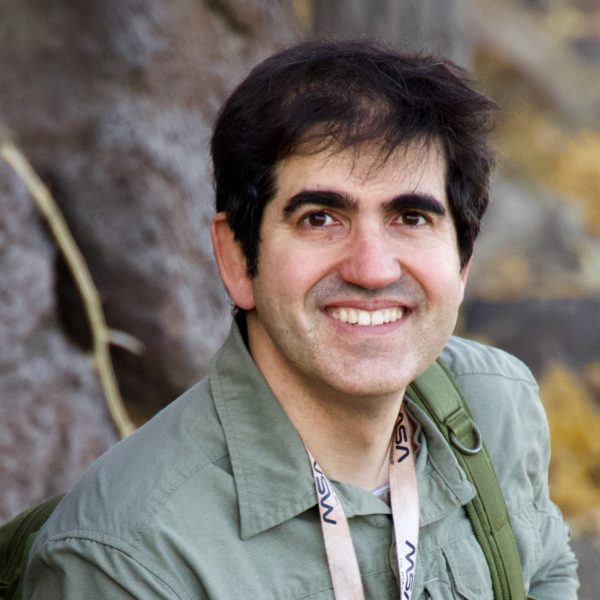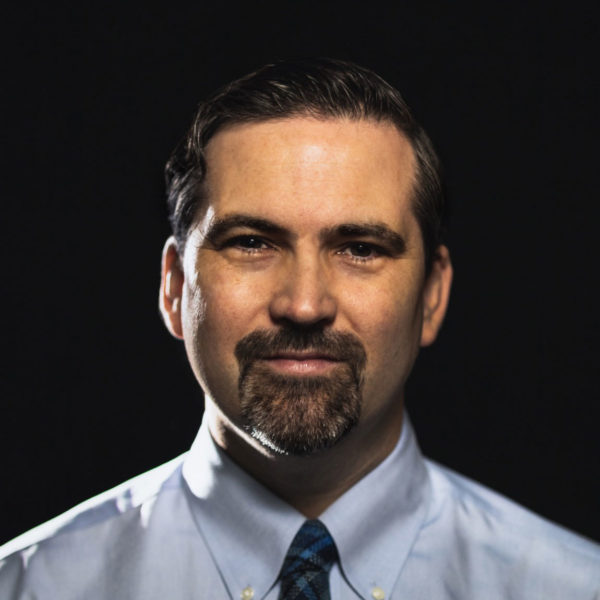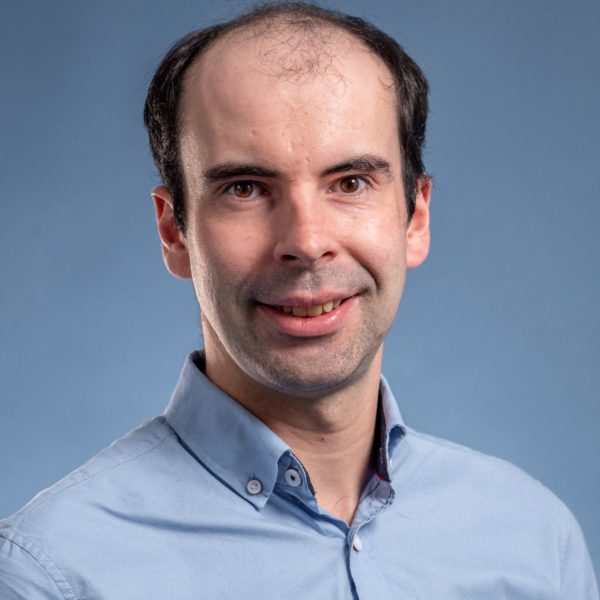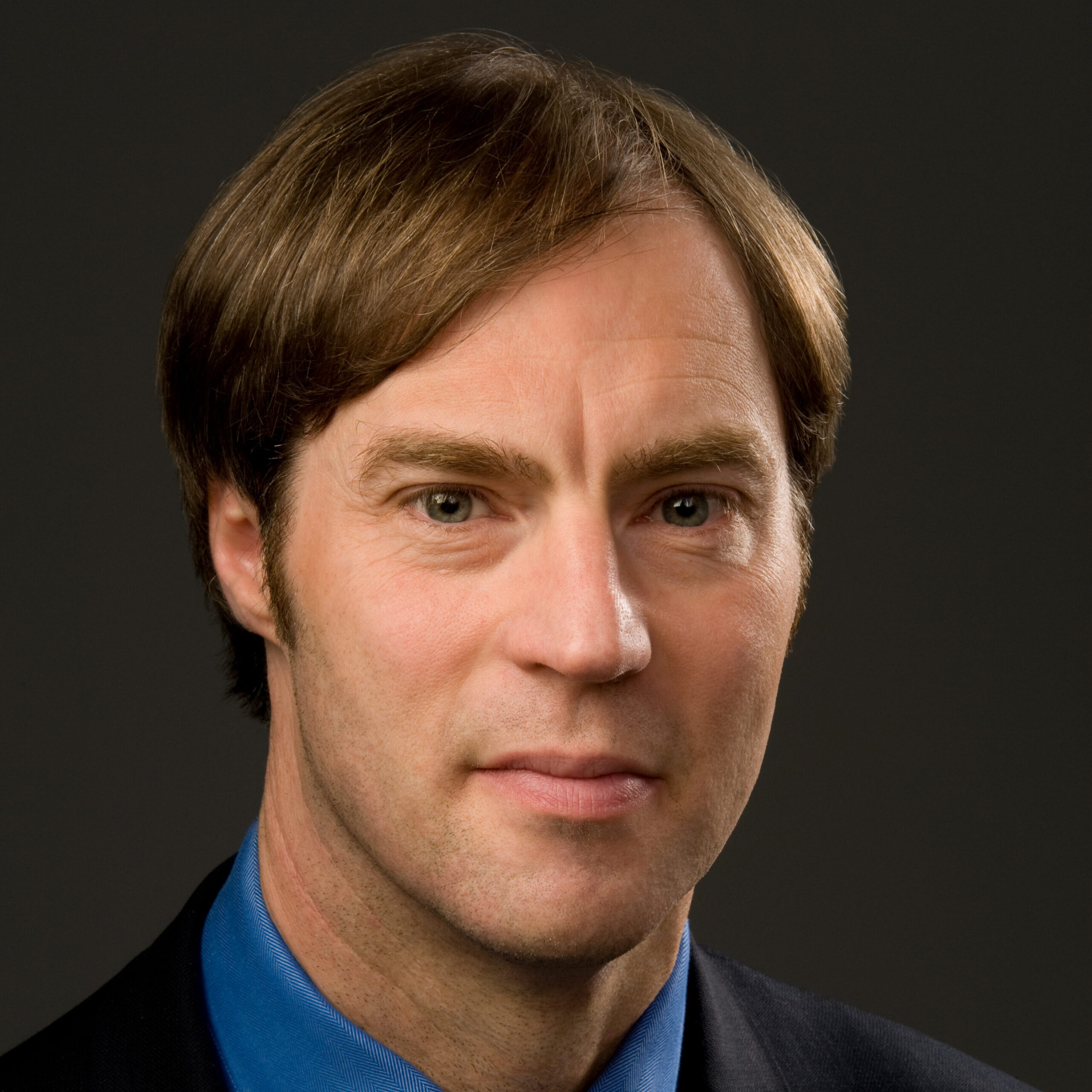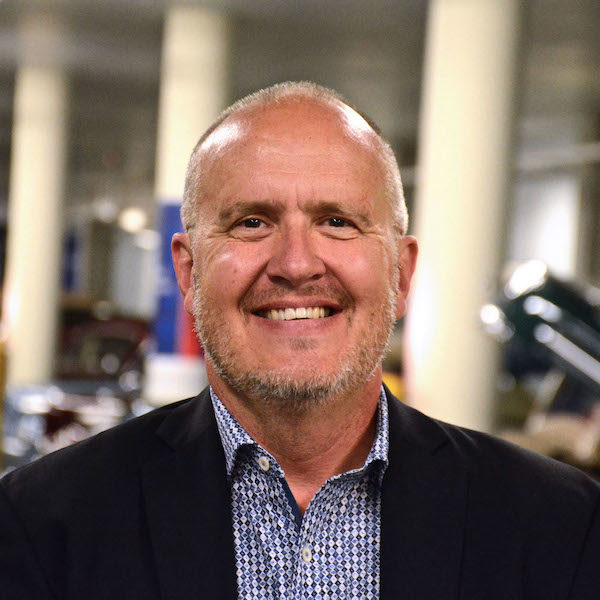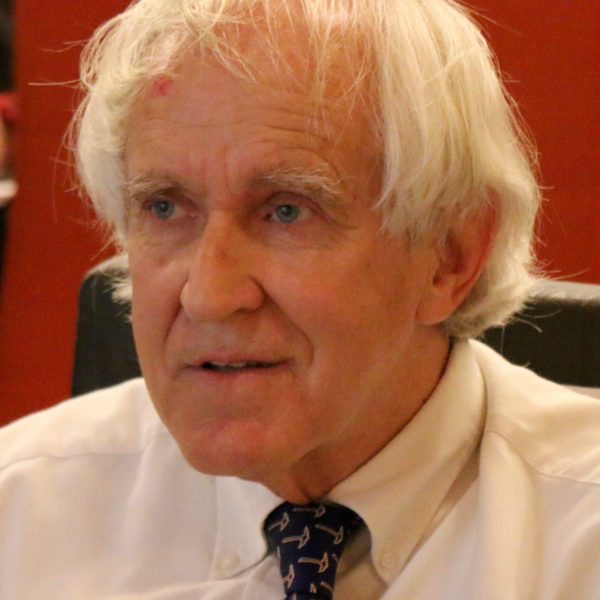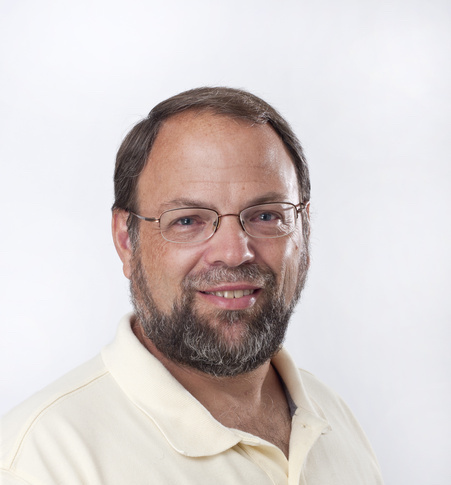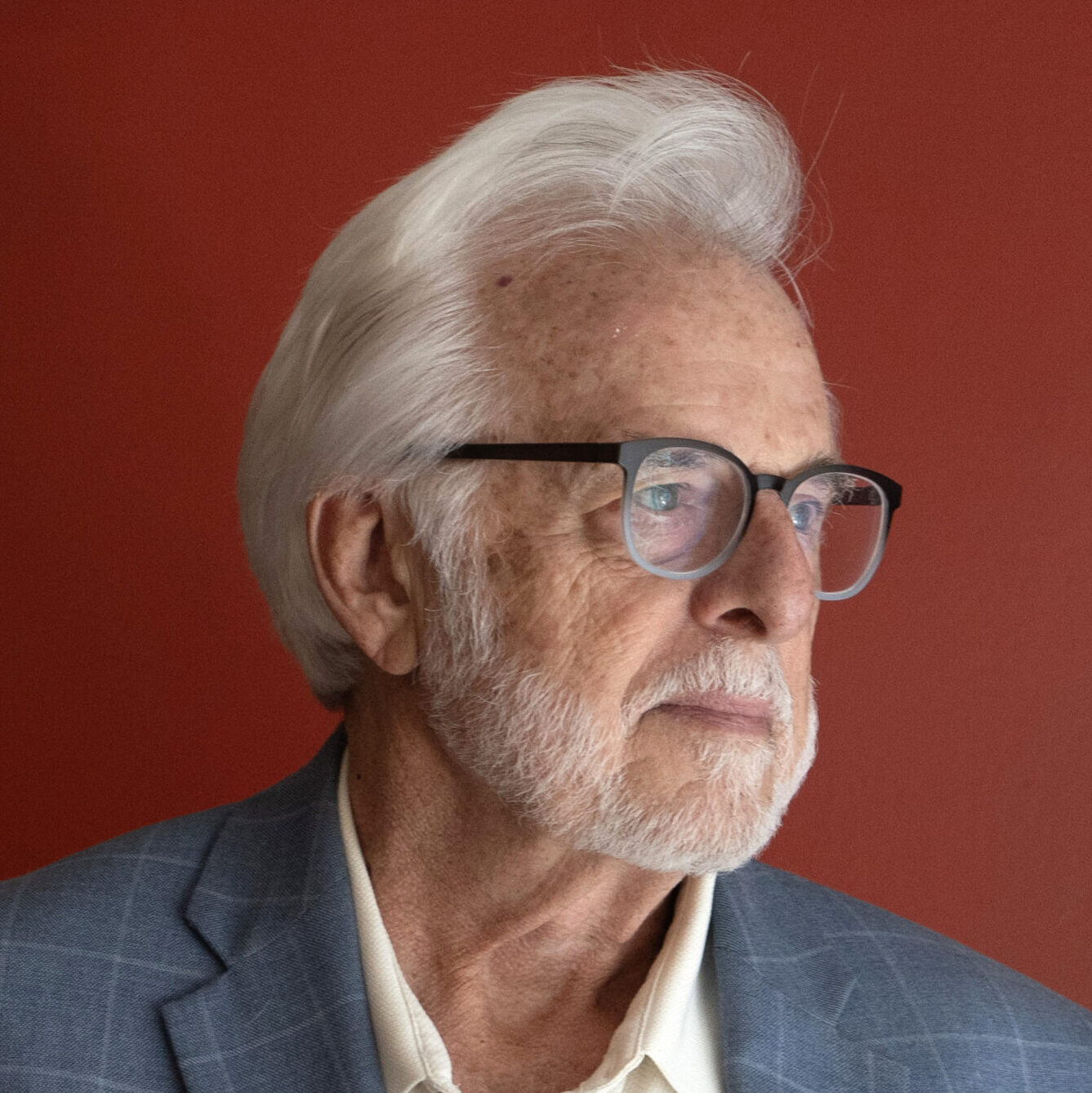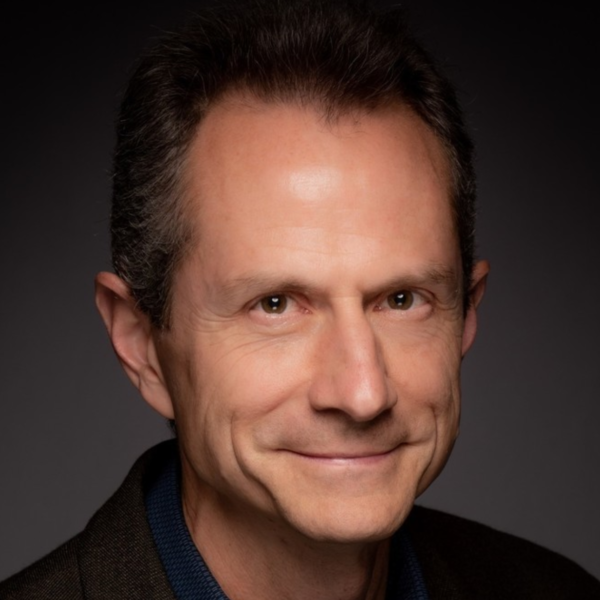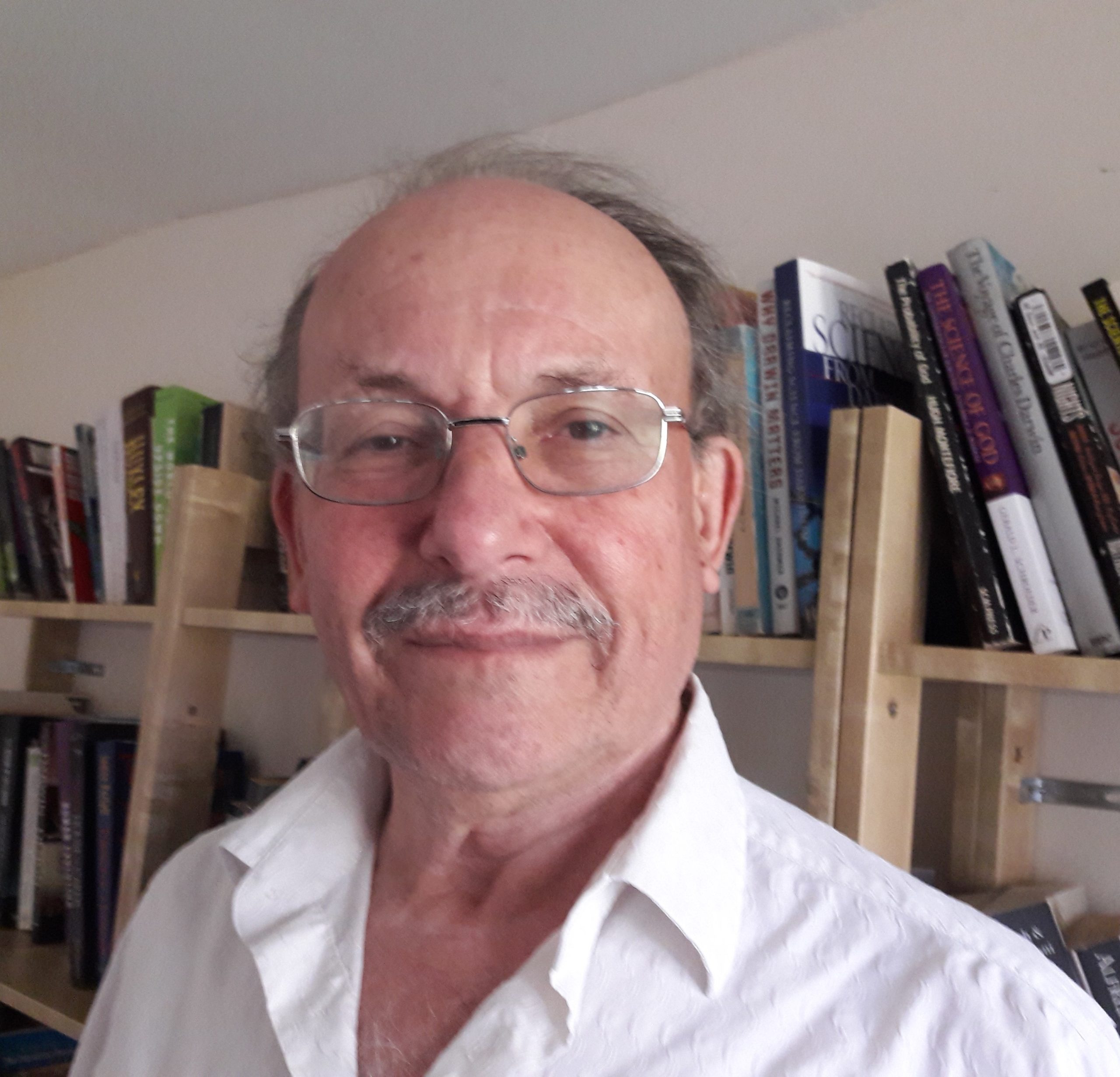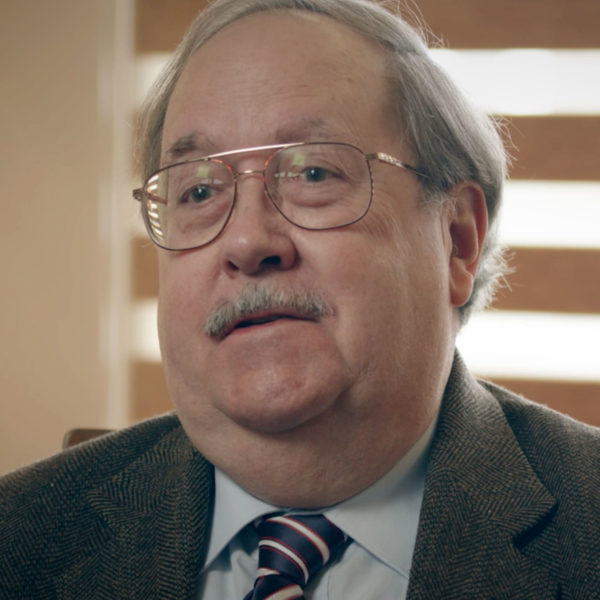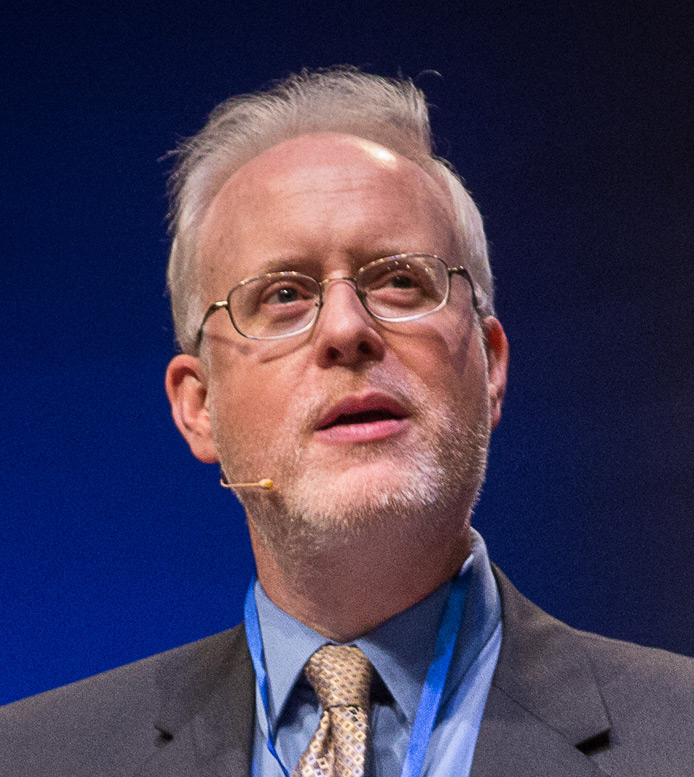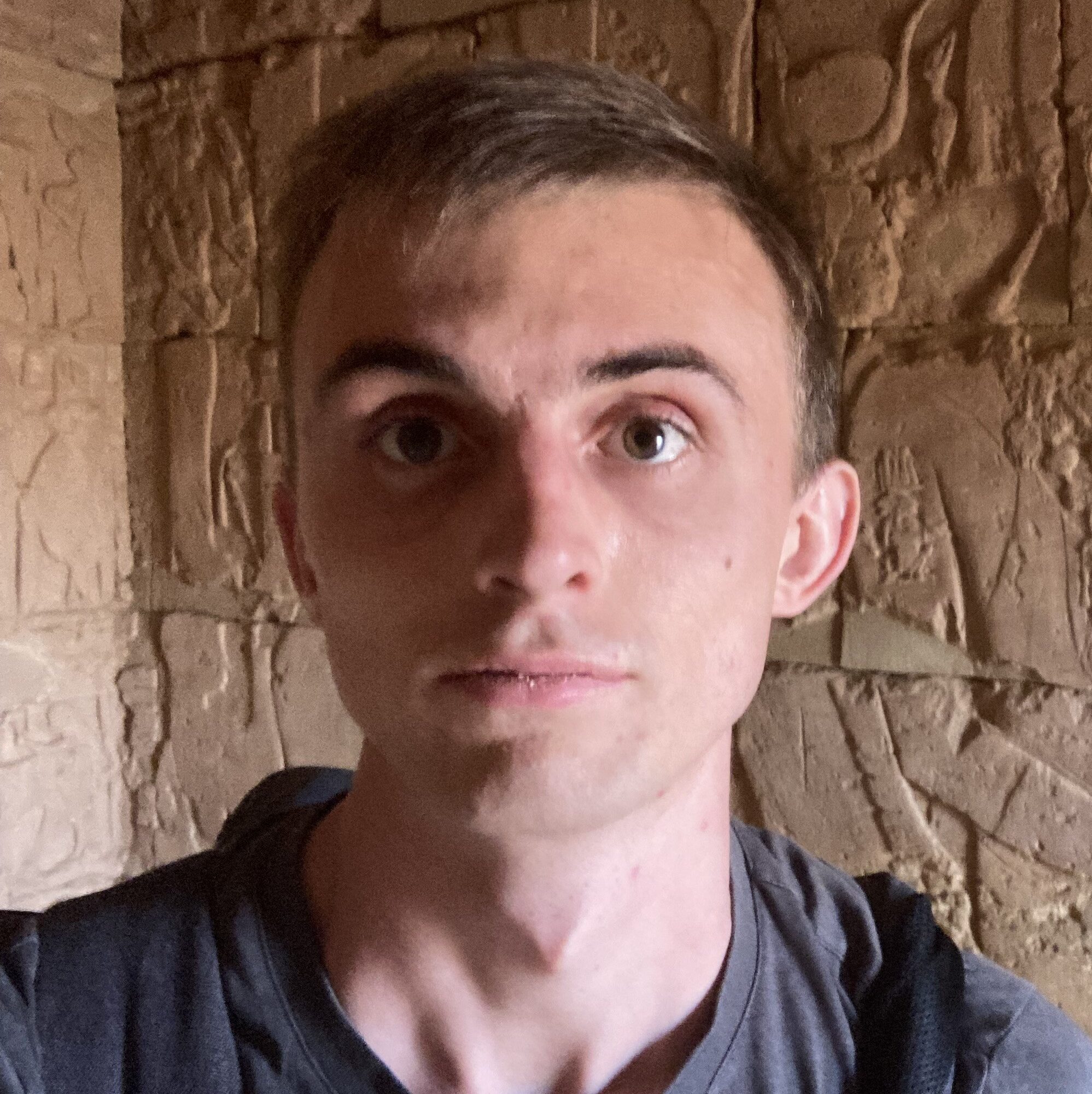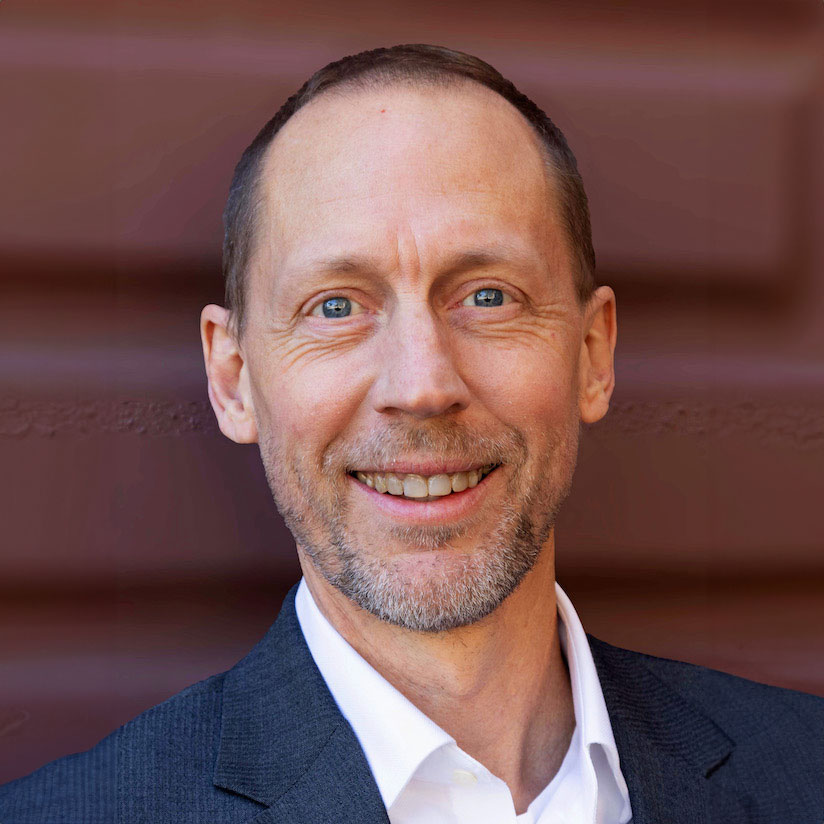
Science and Culture Today
Discovering Design in Nature
Today

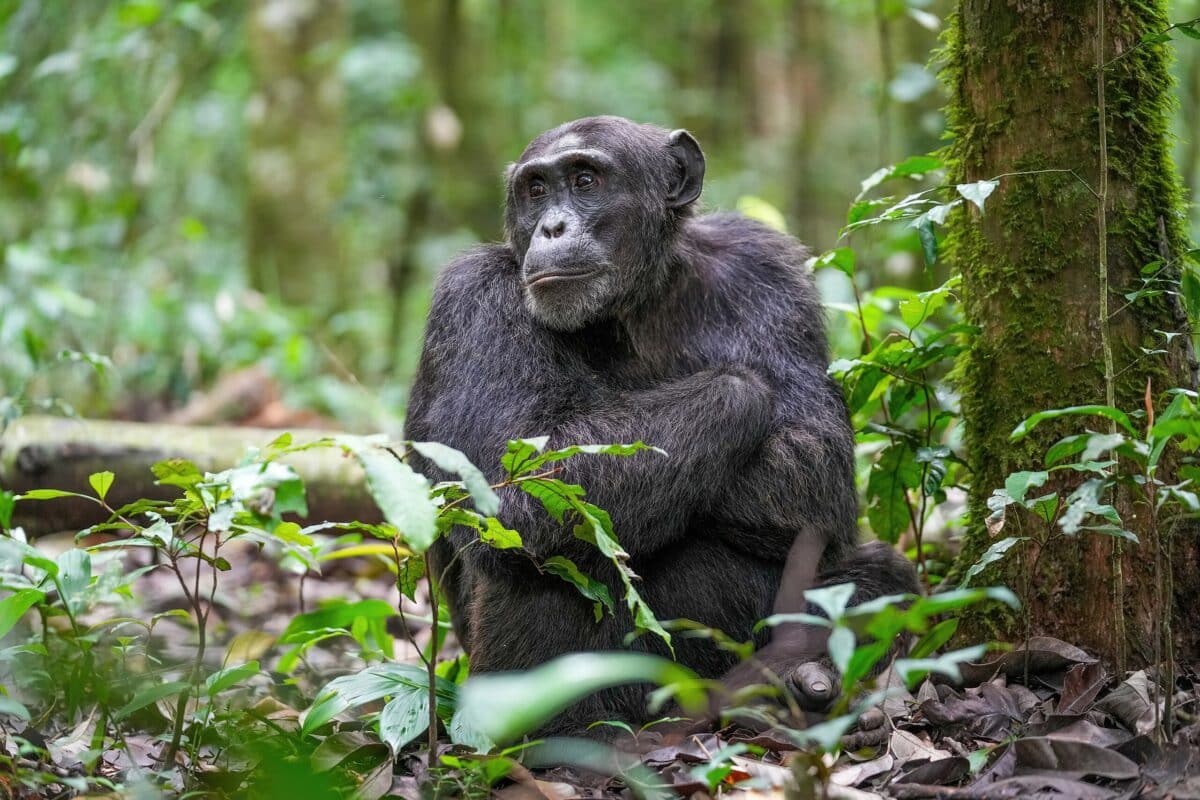
So, Chimps Are Rational Now, Too?

For Christmas, Give the Gift of Learning

Does Quantum Mechanics Make Sense of the Soul?
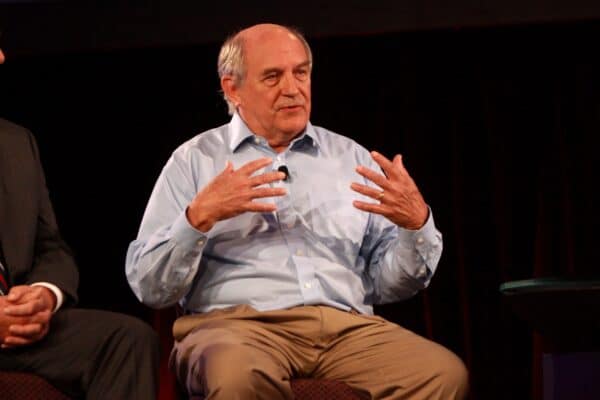
Happy Thanksgiving! Top Reasons for Optimism on ID

Behe: Why Darwinism Will Eventually Collapse
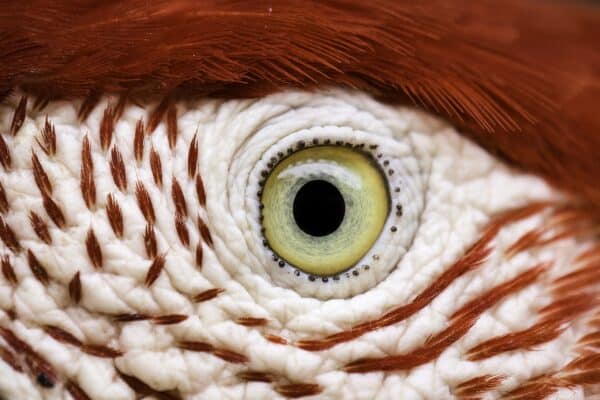
A Close Look at Free Will
Recommended

The Forces that Shape our Universe: Gravity

Emergence and Irreducible Complexity
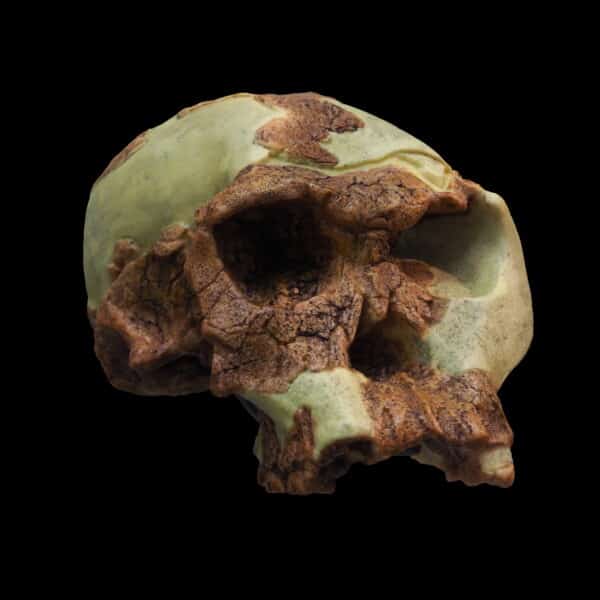
Hunted as Prey, Not a “Turning Point”

Scopes: Same Debate, Different World
ID the Future
with Andrew McDiarmid

Thus Saith the Science: C.S. Lewis on the Dangers of Scientism
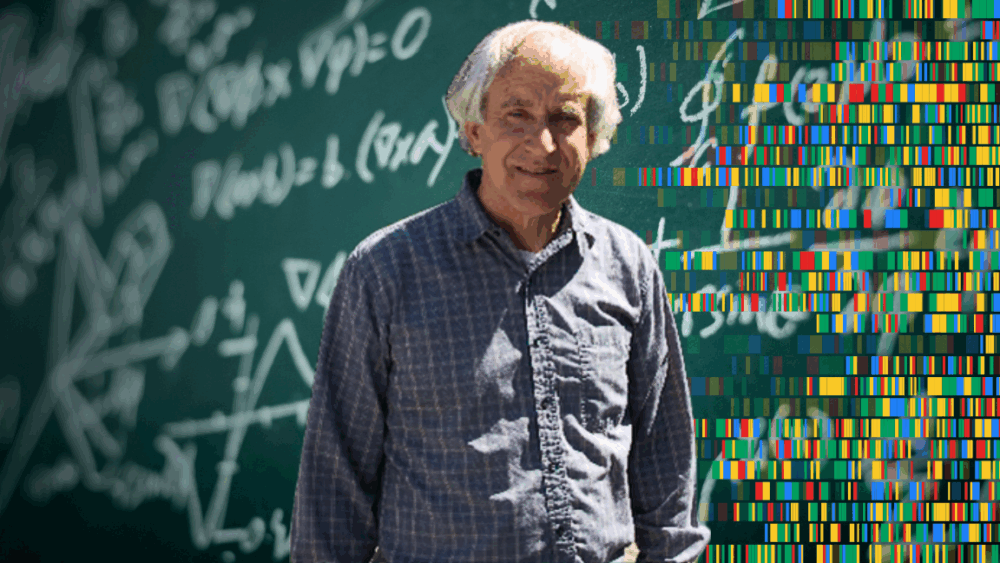
Get to Know This Mathematician’s Simple, Profound Arguments for Intelligent Design

Michael Behe: Why Darwinism Will Eventually Collapse
Latest Videos

Living in a 3-D World
Human beings possess uncanny abilities to perceive and navigate within a three dimensional world. In this episode of Secrets of the Human Body , join medical doctor Howard Glicksman and systems engineer Steve Laufmann as they investigate the hidden systems that make our astounding spatial awareness possible.
…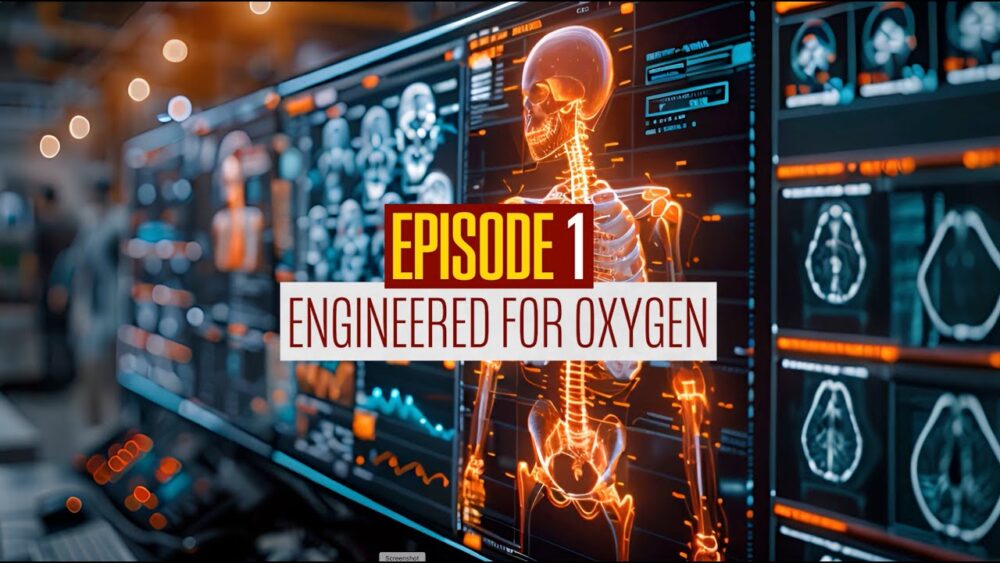
Engineered for Oxygen
Without enough oxygen, your body will die. In Episode 1 of Secrets of the Human Body, learn about the astonishing engineering of the body that allows it to harness oxygen’s power and keep us alive.
…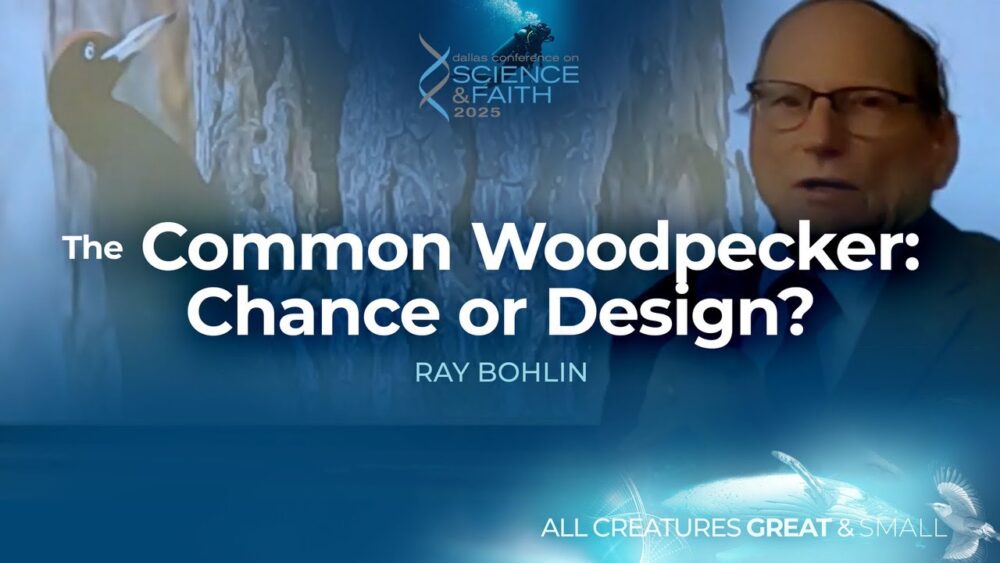
The Common Woodpecker: Chance or Design?

Secrets of the Human Body Trailer
Premiering September 1, 2025, Secrets of the Human Body is a new YouTube series that will unravel the mysteries of the human body and explore its exquisite intelligent design.
…Intelligent Design

Happy Thanksgiving! Top Reasons for Optimism on ID

Behe: Why Darwinism Will Eventually Collapse

Life’s Informational Discontinuities

Life in 3-D: Not a Big Deal? It’s a VERY Big Deal
Historical Sciences
Origin of Life

Basic Challenge to Origin-of-Life Theories
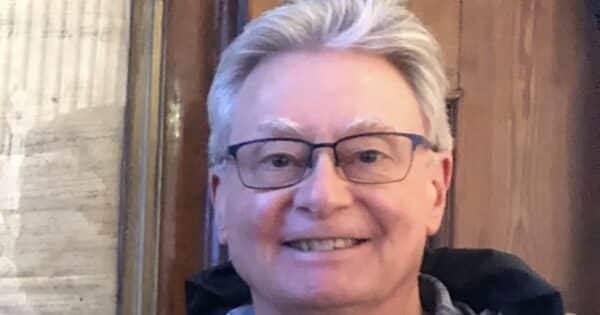
Interview with Edward Peltzer on Origin of Life
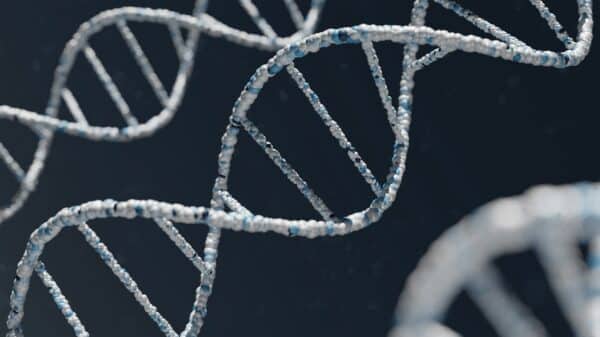
From Dead Ends to Design
Evolution

Darwin’s Divinized Conception of Nature

Theistic Evolution and the Limits of Neo-Darwinism

Fun with Evolution’s “Overwhelming Evidence”
Paleontology
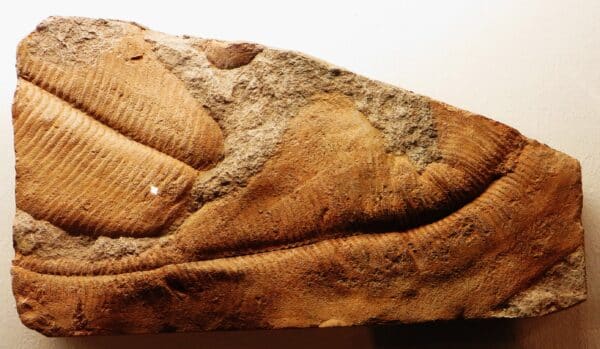
With Namibian Fossils, Ediacaran Mystery Remains
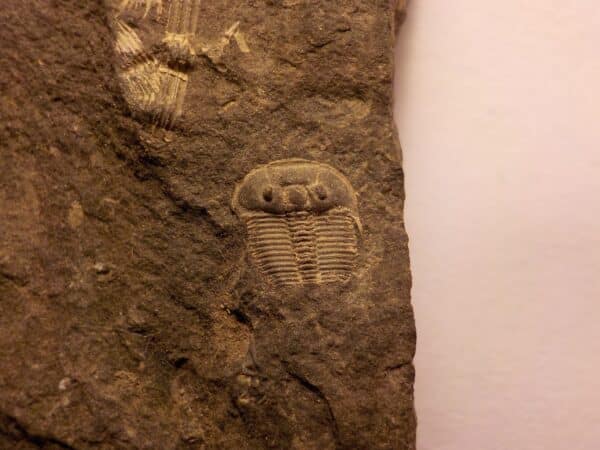
Ancient Eyes, Modern Design

Luskin Answers Objections to Intelligent Design
Cosmology

Science’s “Great Reversal”

Murray and Others Rediscovering God: No Accident

Further Objections to “God in 3 Minutes”
Human Origins

The Neanderthal Story Keeps Evolving

Perhaps Neanderthals Never Truly Went Extinct

“First Multi-Purpose ‘Swiss Army Knives’ Made by Hominins”
Archaeology

More Discoveries Point to Neanderthal Intelligence

The Joy of (Neanderthal) Cooking
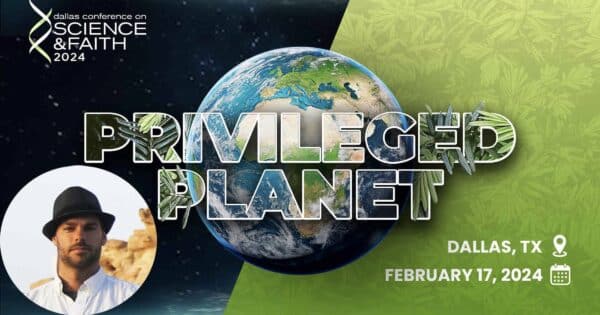
Dallas Conference: Archaeology & the Life of Jesus
History of Science

Science Before the Rise of Modern Science

Darwin as a Prefiguration of Postmodern Man

The Legacy of Baruch Spinoza
Geology

As an Idea, the “Anthropocene” Era Is Dead
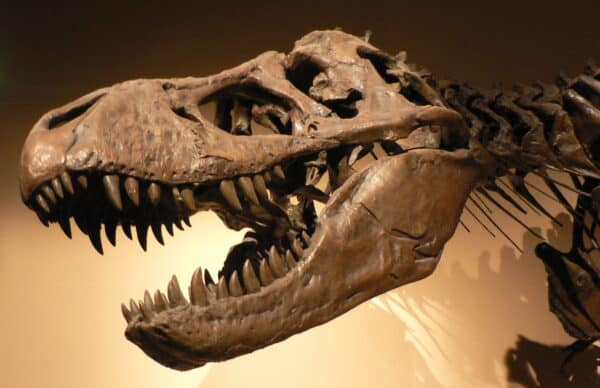
The Wonders of a Hard Mineral

Plate Tectonics and Scientific Discovery
Life Sciences
Life Sciences

Fireweed: An Example of Intelligent Latent Design

Biological Information in Static Electricity
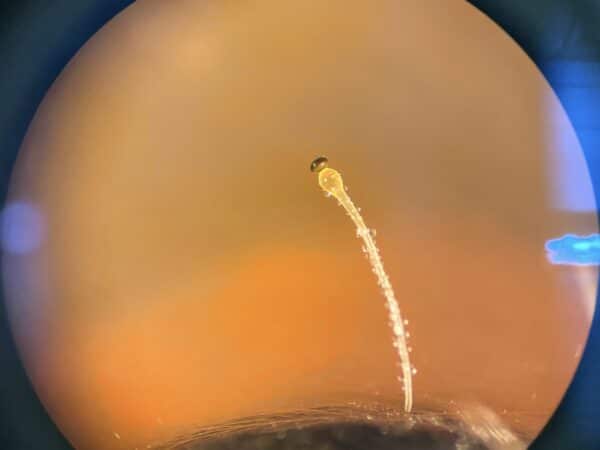
Plant Missile Technology: A Peek in the Armory
Neuroscience

A Close Look at Free Will
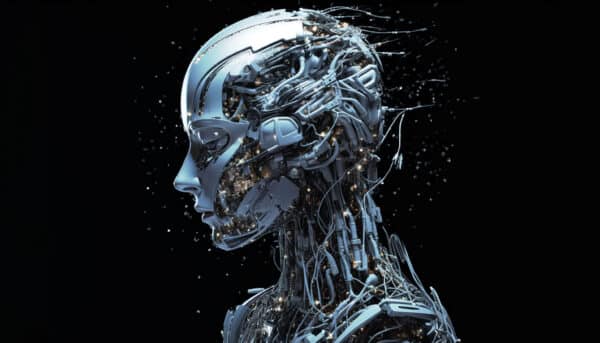
COSM Debate: “Are Human Beings Machines?”

Near-Death: Explaining vs. Explaining Away
Medicine

“Harm Reduction” Harms the Homeless

For a Long Time, Dementia Was the New Leprosy
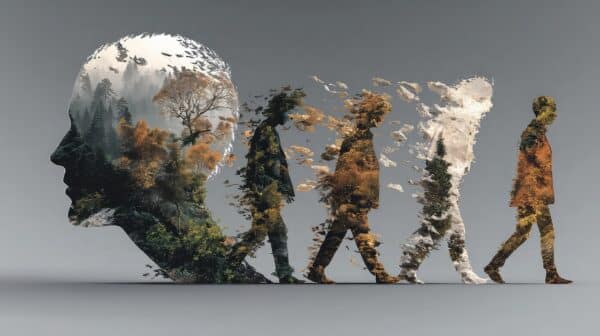
Consciousness and ID: Hear Dr. Simmons Tonight
Biology

Behe: Why Darwinism Will Eventually Collapse
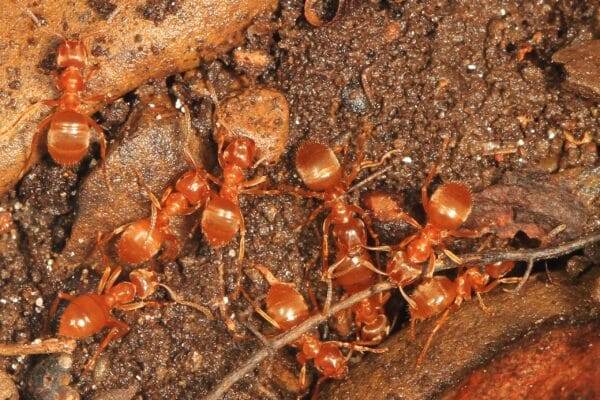
Animal Intelligence and Pure Information
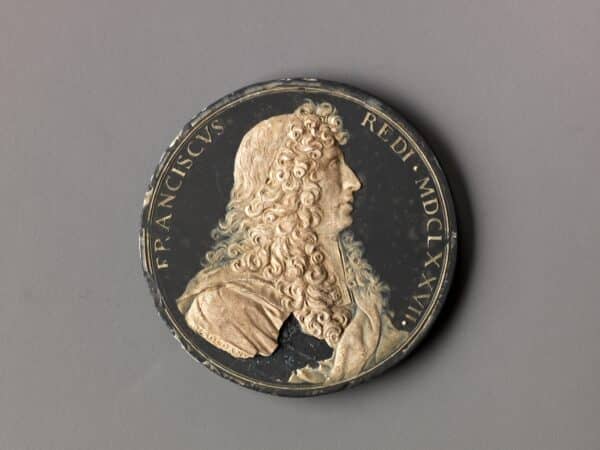
Francesco Redi and the Founding of Modern Biology
Physical Sciences
Physics

Does Quantum Mechanics Make Sense of the Soul?

A Close Look at Free Will

Science’s “Great Reversal”
Chemistry
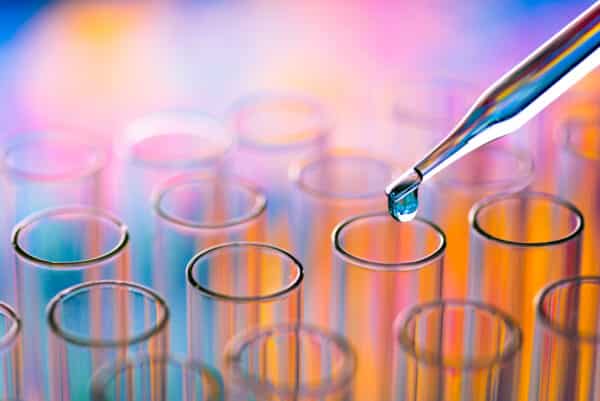
When Science Degenerates into a Spoils System
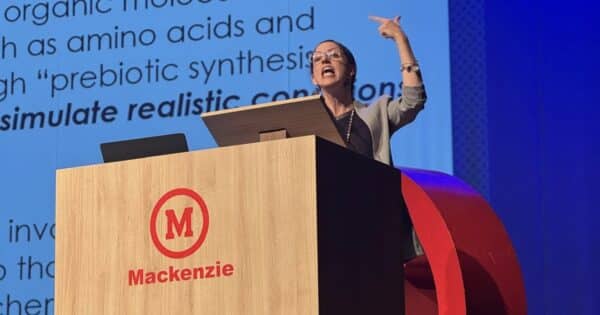
Postcard from São Paulo
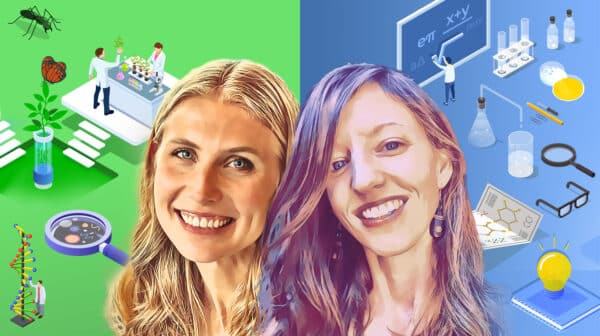
Homeschool High‑School Science Courses
Astronomy

Astrobiology as a Secular Quest for Meaning

Rights for Planets, Moons, and Space Microbes?
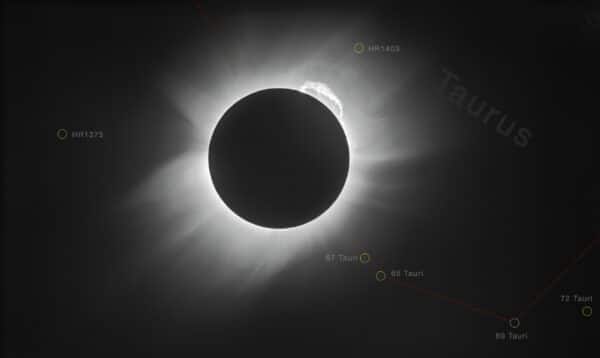
An Icon of Intelligent Design
Fine-Tuning
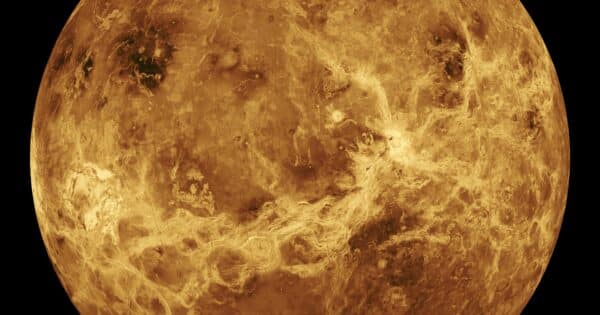
Geometric Design in the Solar System

We Are Children of Light and Water
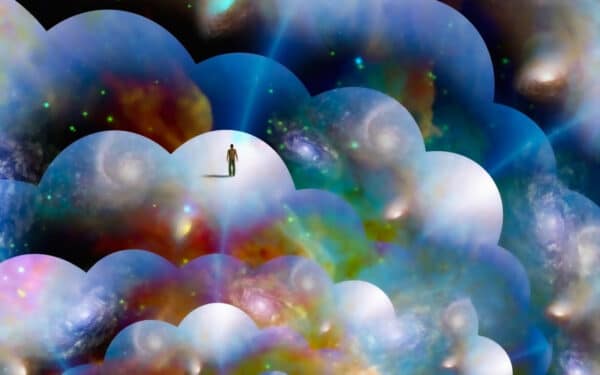
The “Nature of the Universe” Puzzles Physicists
Earth Sciences
Geophysics

Aurora Borealis: Scientific and Aesthetic Design

Geoengineering on an Intelligently Designed Planet

No Iron, No Life: Design in Iron Availability
Environment

Great Science Cancellation Continues
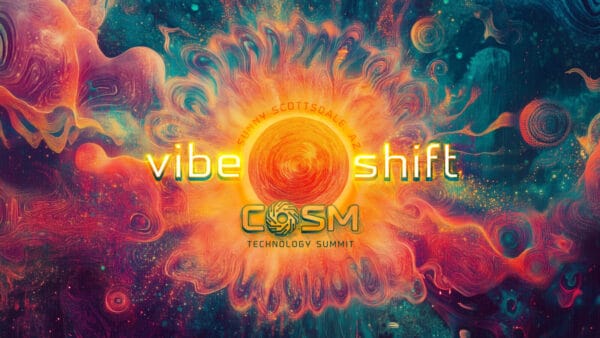
COSM Will Feature Nobel Laureate John F. Clauser

Put Mother Nature on the Board of Directors?
Rare Earth

Study: Geological Habitability Parameters
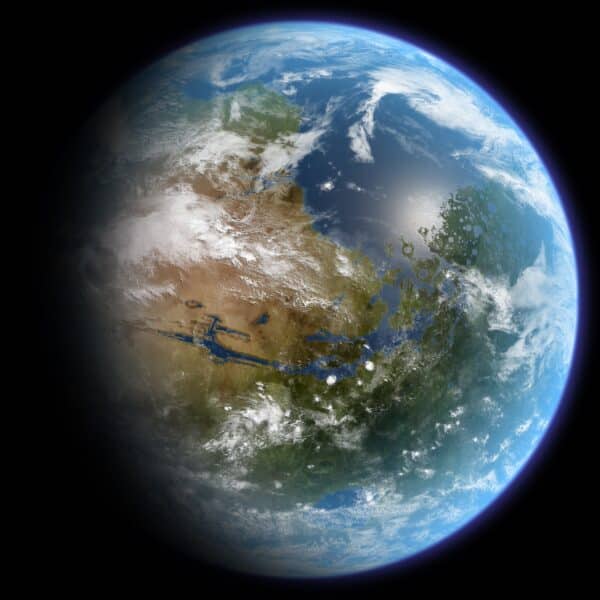
Earth and Mars — A Rare Gem and a Sharp Contrast
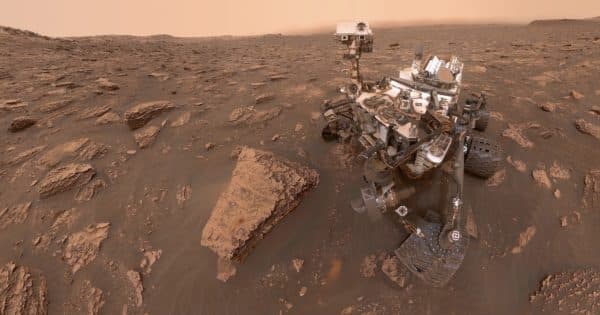
Rare Earth: How Vital Minerals “Evolve”
Planetology
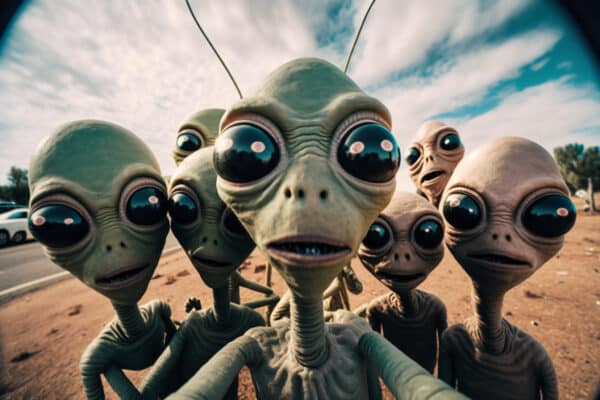
The Search for ETs: Keeping Hope Alive

Rights for Planets, Moons, and Space Microbes?

Hope for Mars Life Is Dashed Again
Culture
Human Exceptionalism

On New Book, Elite Opinion Cuts Loose from Reality

Nature Right Pushes Neo-Pagan Mysticism

Smithsonian Denigrates the Human Race
Arts
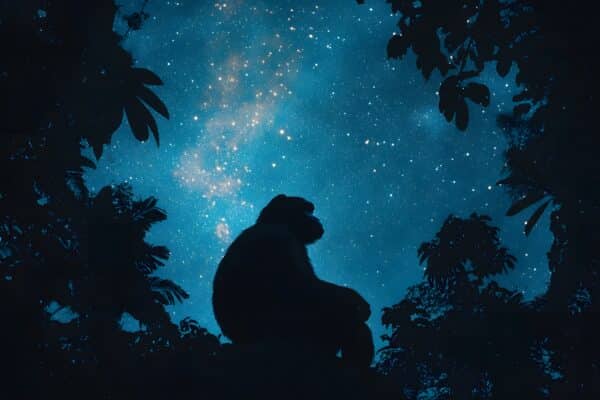
False Messiah: An Addendum on Darwin and Theism

J. K. Rowling Comes Out Against Assisted Suicide

Darwin, Faust, and the Alchemist: Unexpected Roots
Ethics

Now, It’s Wild Animals’ Rights

Fraud Crisis in Science Grows

“Harm Reduction” Harms the Homeless
Social Sciences
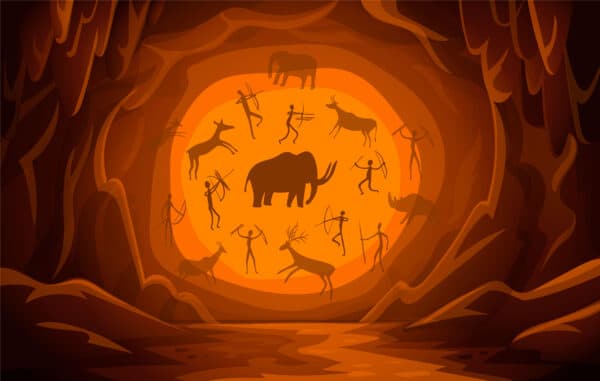
In Study of Human Psychology, the Power of “Maybe”

Can Evolution Explain Altruism or Heroism?
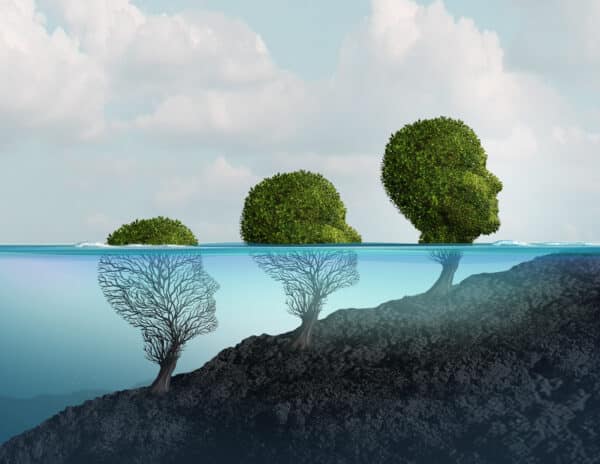
If You Want Creative Storytelling, Look No Further
Faith and Science

Science’s “Great Reversal”
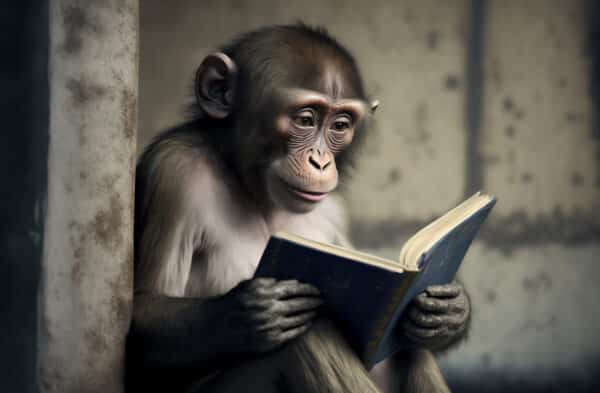
Did God Use Evolution to Produce Life?

What Can Science Tell About the Existence of God?
Science Education
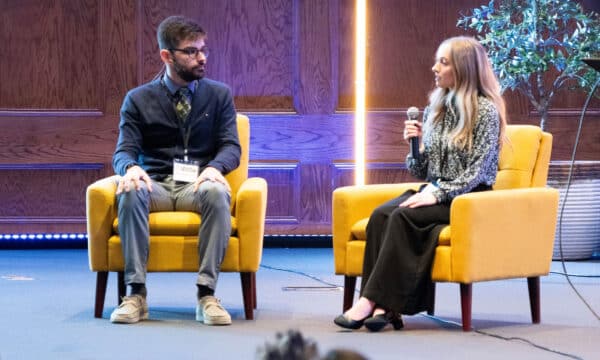
ID Education Day Is Coming to Tacoma, November 6!

Homeschool High‑School Science Courses
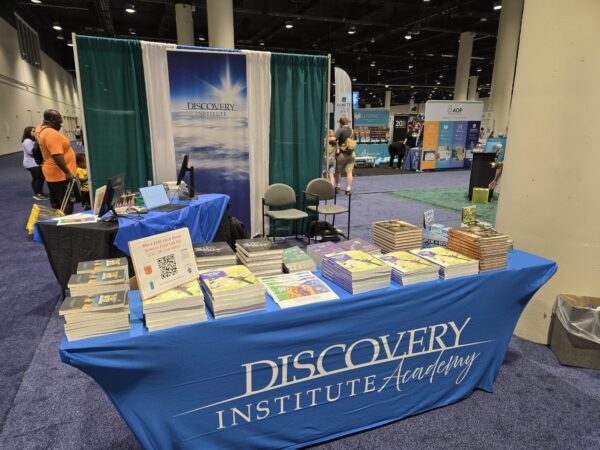
DI Academy “Meet the Teachers” Zoom
Scientific Freedom

The Wrong Tool to Fix Woke Science Journals
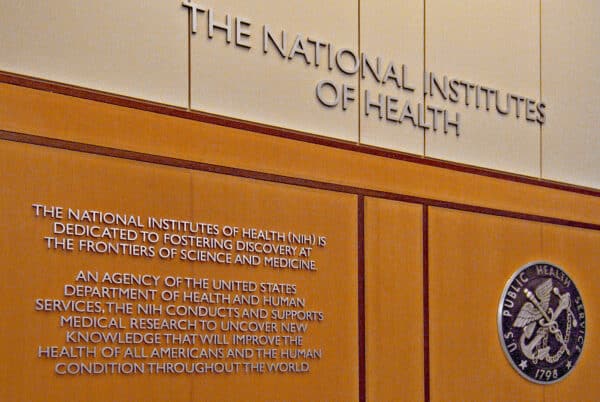
Hysteria in the Science Sector Over DOGE

Stand Up for Science or… for Naked Ideology?
Science Reporting
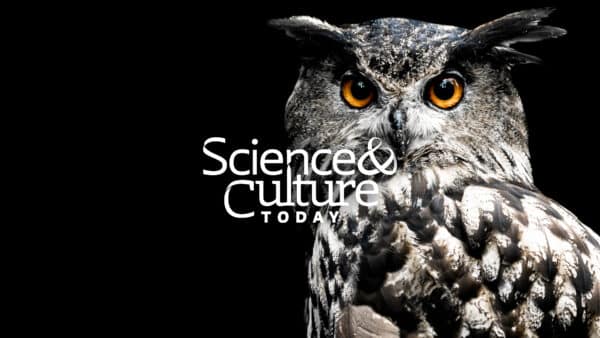
On the Origin of Our New Name
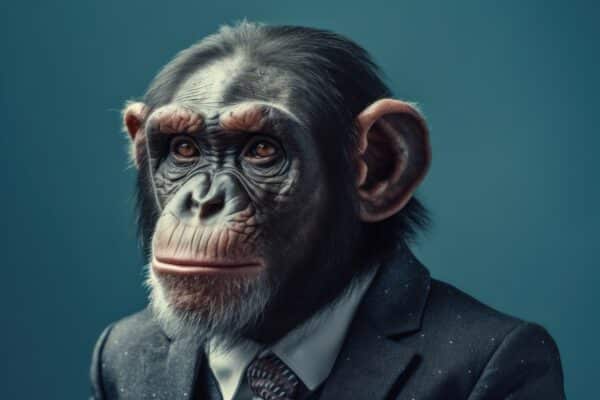
On Genetic (Dis)Similarity, Give Credit Where Due

